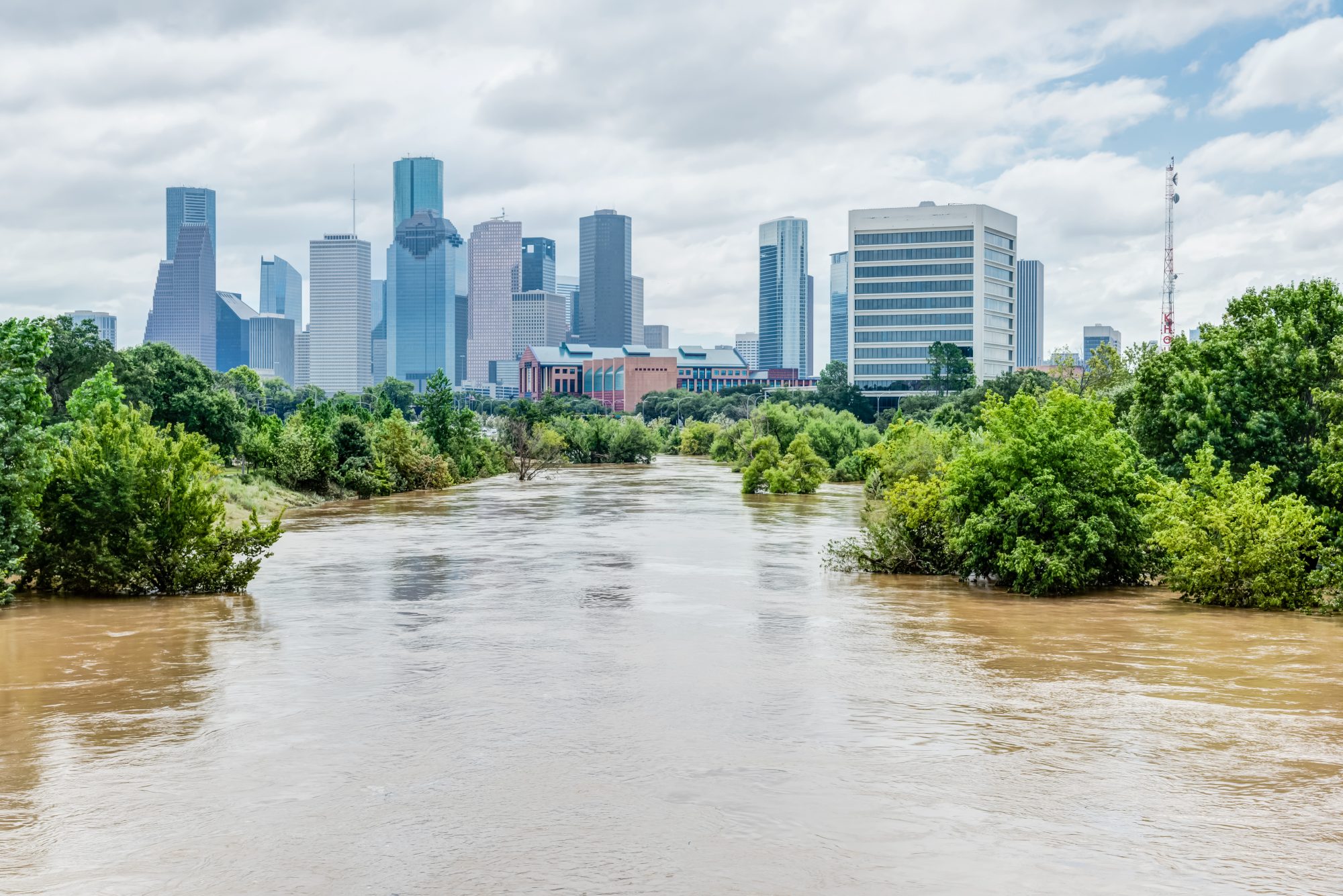Are you well-prepared for floods? Learn more about suitable precautionary measures and the right tools in our latest whitepaper!
As populations grow and urbanization increases, flooding events have been increasing in both frequency and intensity. Floods have historically been most damaging when there was little to no warning, with monitoring technology potentially not in the appropriate place or perhaps not delivered to the appropriate people in time.
Now, it’s possible to access the latest in flood and heavy rain monitoring and alarm technologies to design-focused flood resilience networks. Reliable, real-time data can empower a community, relevant stakeholders, and responders to understand problem areas, take action, and mitigate future risk.
OTT HydroMet’s latest whitepaper offers expert hydrology guidance on how to build flood resilience plans, for any stage of your current network. Learn how to use our five-step plan to achieve flood resilience through monitoring.
Learn how to:
- Assess flood risks
- Define network parameters
- Select the appropriate technology
- Define alarm conditions
- Continuously adapt and improve



